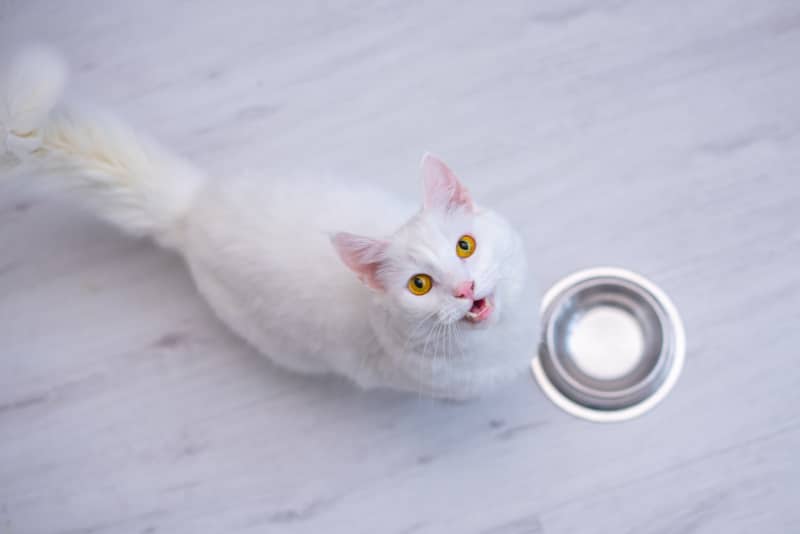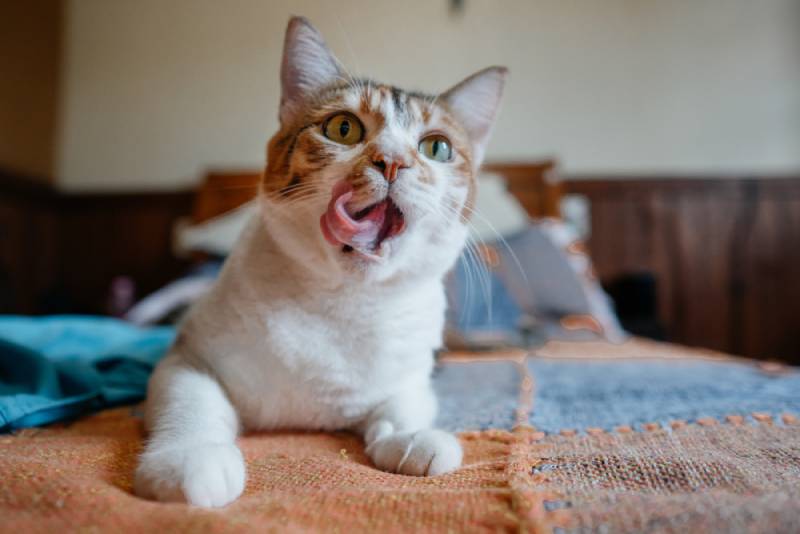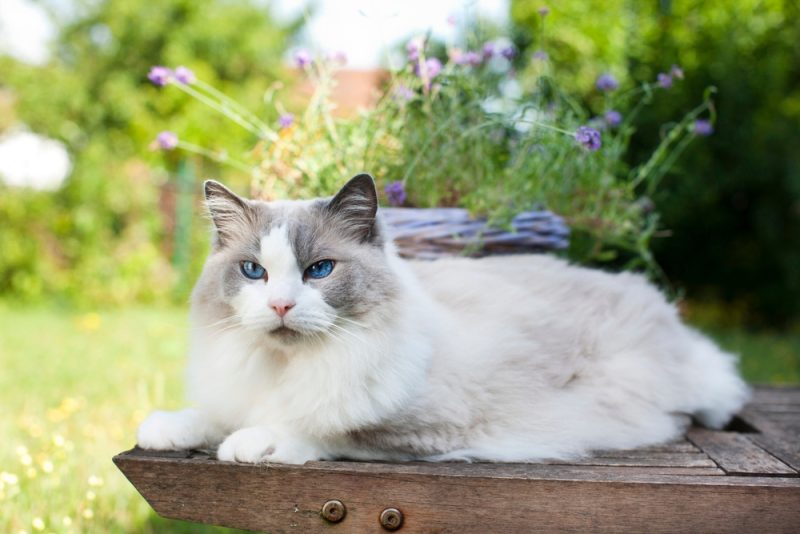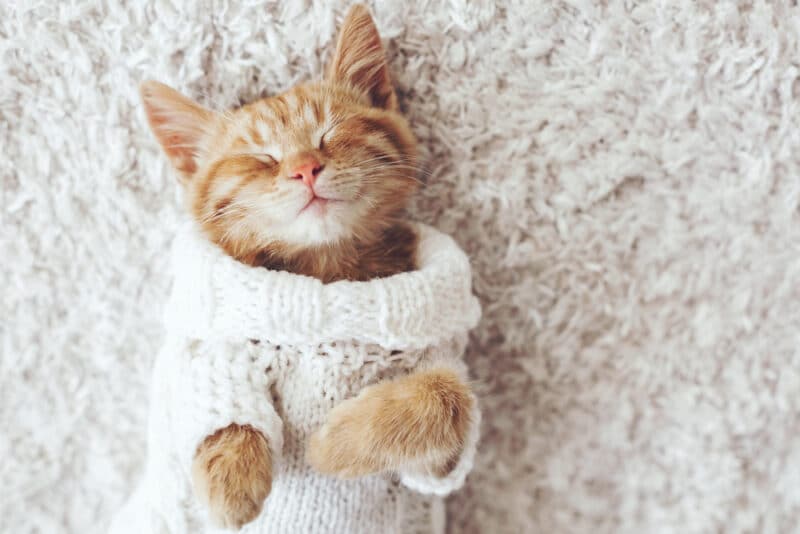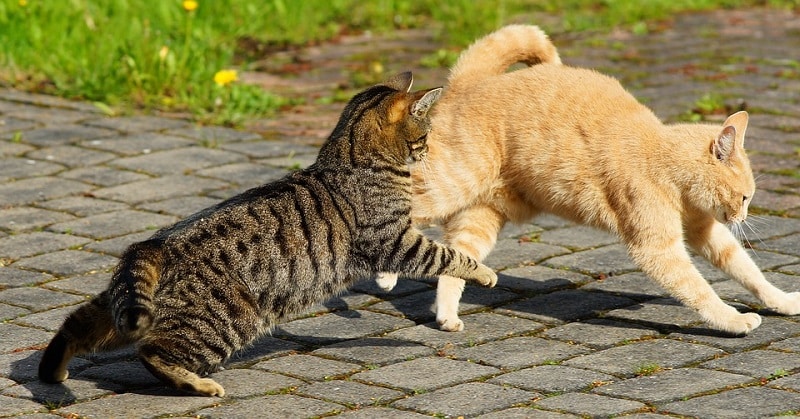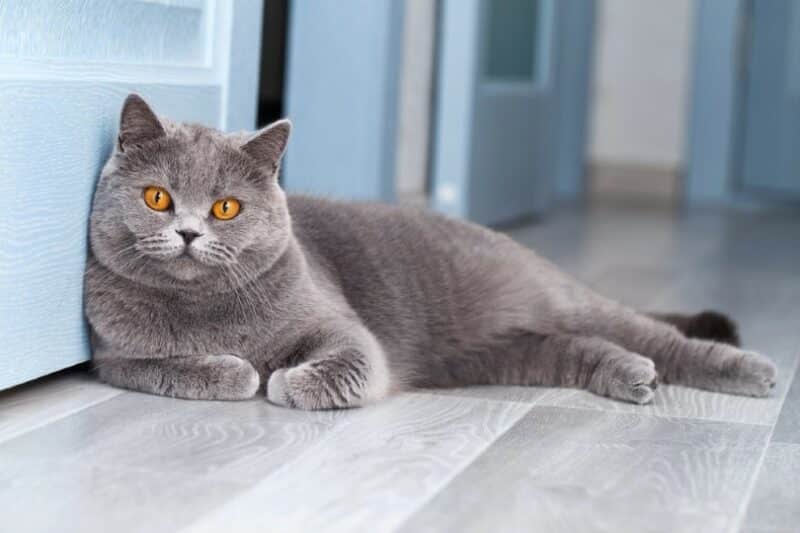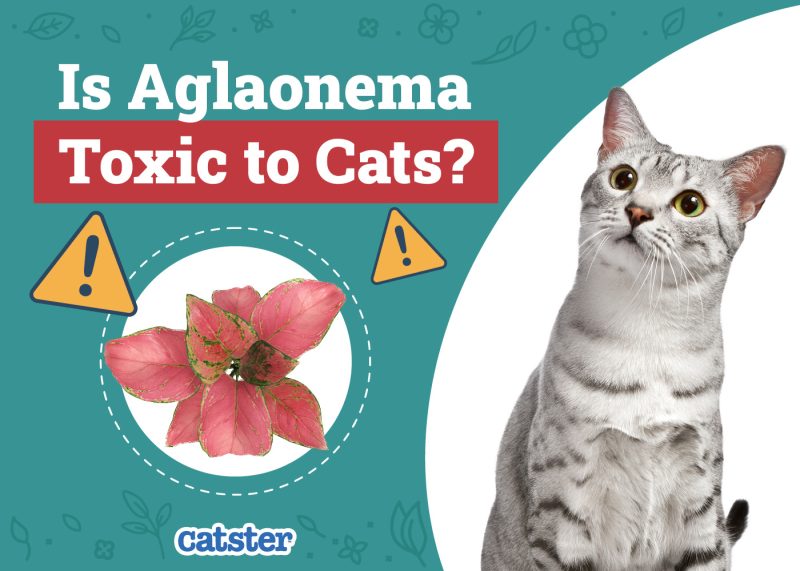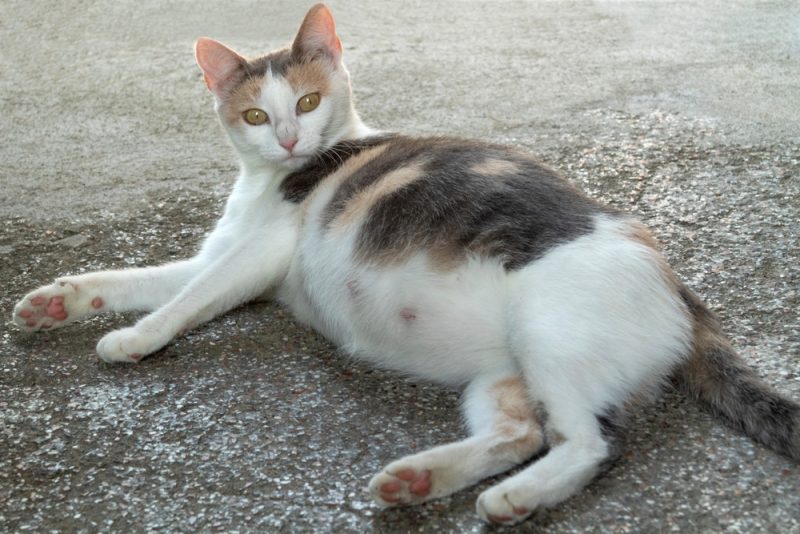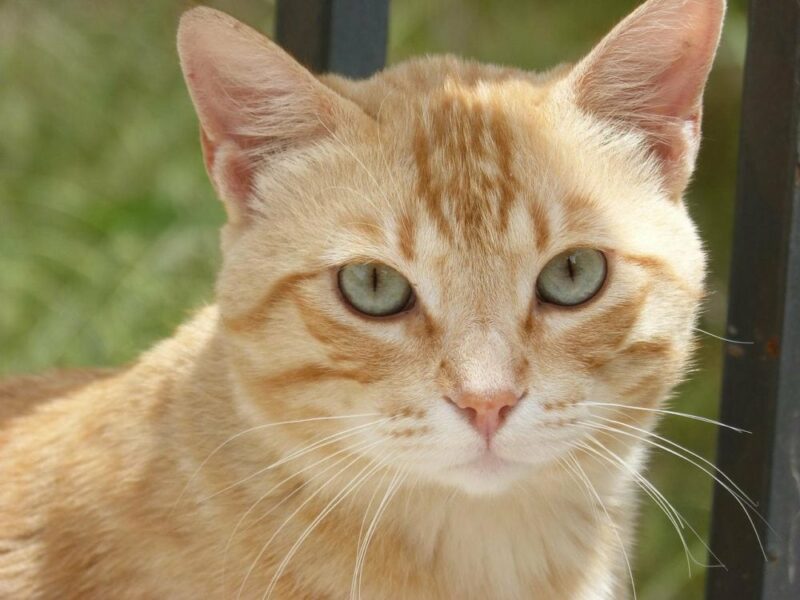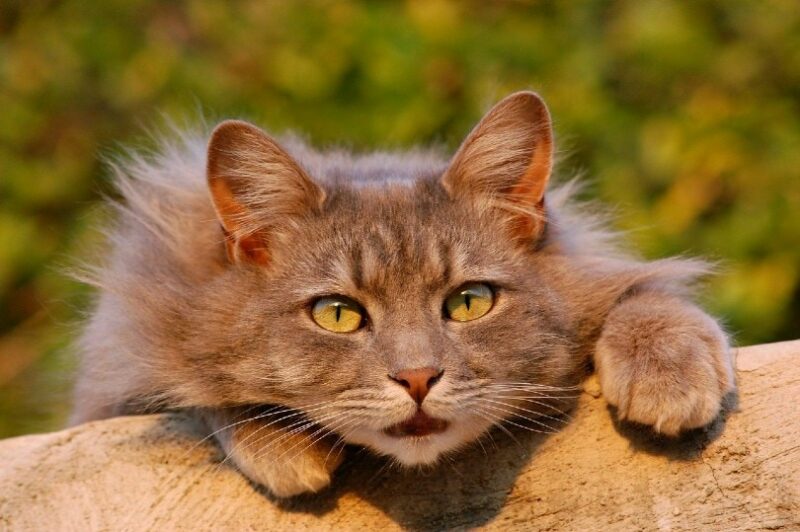There are fewer things more persistent than a hungry cat! Even the most introverted feline has no issue alerting their owners to mealtime if it means that they are going to get fed. Cats have excellent internal clocks that allow them to associate a specific time of day with food. They can show their eagerness for mealtime in various ways, whether it’s through vocalizations, body language, or simply an intimidating stare.
If you are looking for six different ways your cat can tell you it’s mealtime, then this article is purrfect for you.

The 6 Ways Cats Let You Know It’s Mealtime
1. Excessive Meowing
Most cat owners are familiar with their felines’ excessive meowing during feeding time, sort of like an alarm. Meowing is one of a cat’s primary ways of communicating with humans, and it can let us know what they want. It is normal for cats to meow when they want to be fed. In fact, it is so normal that cat owners can sometimes recognize the difference between their cats’ usual meows versus their hungry meows.
Furthermore, most kittens will meow to their mother to express when they feel hungry. This may allow your cat to associate meowing with being fed from a young age.
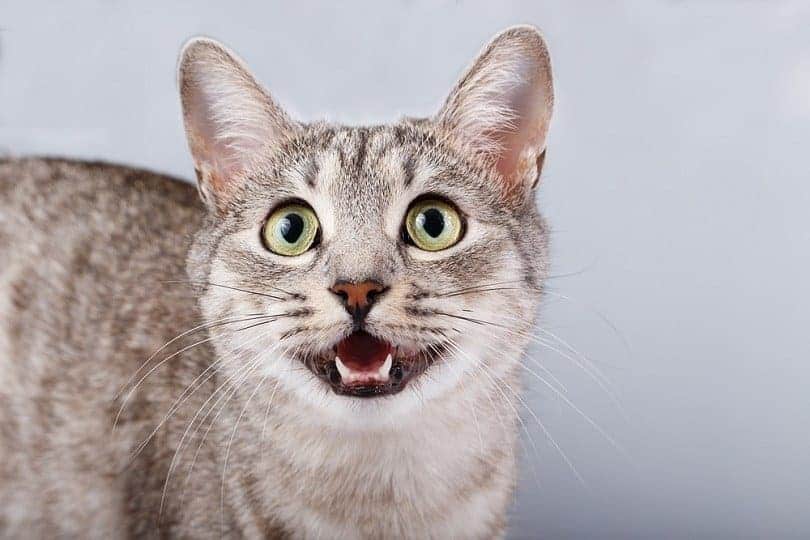
2. Staring
As feeding time approaches, you might begin to notice a pair of eyes on you. Cats have a way of staring us down until we feed them. They seem to communicate through staring to indicate that they are aware it is mealtime, but they are waiting for you to notice. Some cats may start staring at you a few minutes before they start meowing at you in anticipation of food. Others might stare at you as they sit near their food bowl or packaging.
3. Rubbing Against You
Even if your cat is not usually fond of being touched or receiving attention, this can change when they want to tell you it’s mealtime. It’s common for a hungry cat to become more affectionate towards you as they manipulate you into feeding them. Once they have finished their food, they will probably go back to being the untouchable feline they once were.
If you notice that your cat rubs against you more often during mealtime, it is likely their way of telling you to feed them. It’s also their way of getting our attention and could be used alongside meowing or staring too.
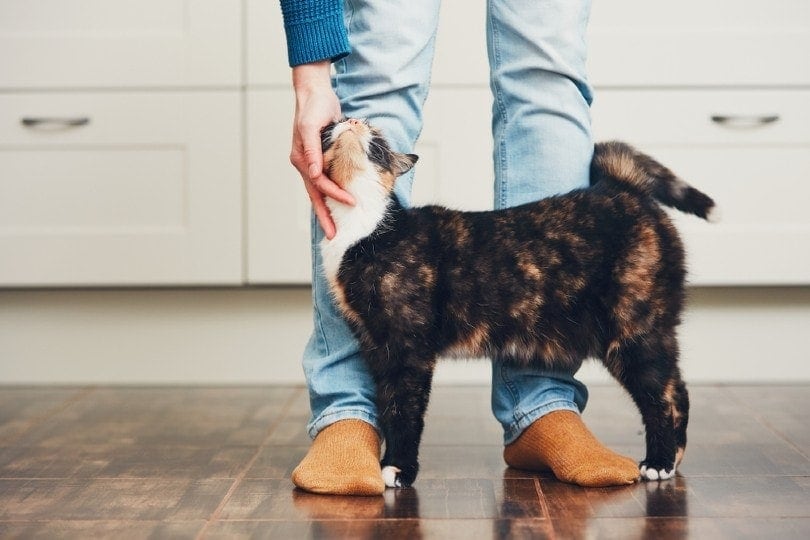
4. Shadowing
Cats may follow us around when they know mealtime is approaching, almost as if they can tell the time. Having your own feline shadow following you around the house is usually a clear sign your cat is trying to tell you something. If it happens to be mealtime when your cat does this, it’s probably their way of following you around in hopes you will walk to their food bowl.
5. Sitting Near the Food Bowl
This is probably one of the more obvious ways your cat tells you it’s mealtime, and it’s by sitting or standing near their food bowl. This could be followed by demanding meows or staring, but most cat owners will know immediately what their cat wants. Some cats might start pawing at their bowls to get your attention to feed them.

6. The Zoomies
Cat “zoomies” are exactly as they sound, as the main sign of this behavior is an energized cat zooming around the house. There are several reasons why your cat could get the zoomies, but it could be their way of telling you they are hungry.
Cats are hunters and enjoy chasing their prey before eating. So, getting the zoomies around mealtime is their way of replicating an instinct and releasing pent-up energy before enjoying their food. Alternatively, your cat could get the zoomies because they are excited about mealtimes.

Conclusion
Part of the reason cats make such great pets is because of the ways they communicate with their owners. Cats will always find a way to tell us what they want, whether it’s a cuddle session, attention, or food. Paying close attention to your cat’s behavior and vocalizations allows you to understand them better so you can know when they are trying to tell you something.
Furthermore, cats find comfort in routines, so sticking to a regular feeding schedule can be beneficial for your feline.
Let Catster make you laugh:
Featured Image Credit: Chetorkina, Shutterstock
